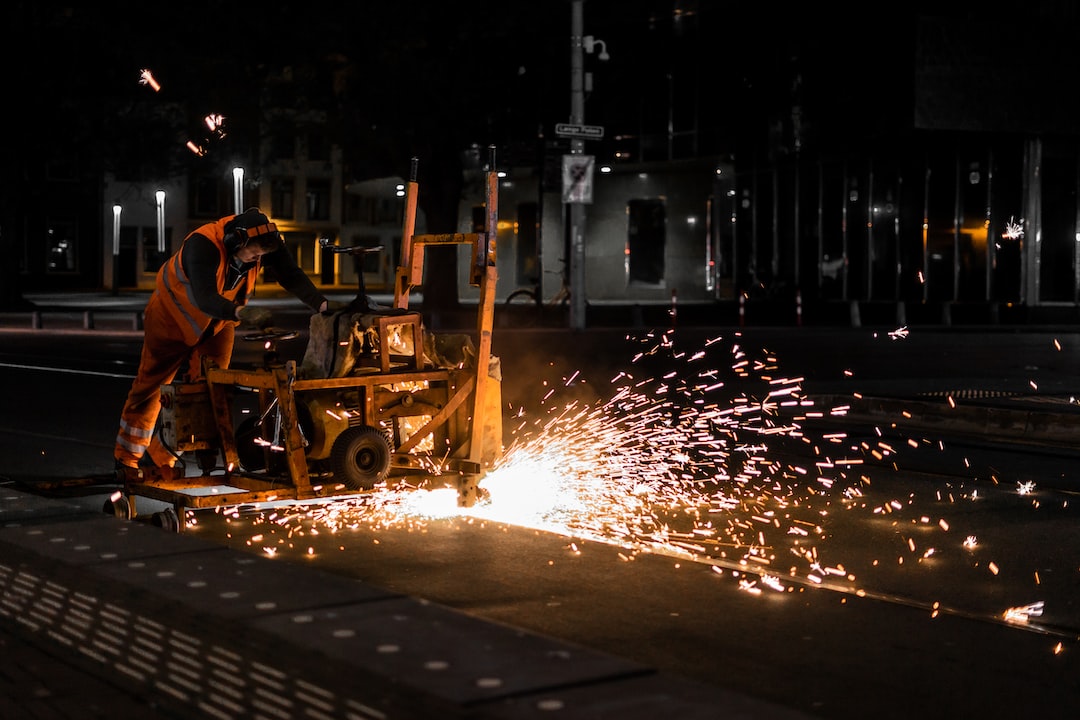The Evolution of Manufacturing: From Handmade to Mass Production
Throughout history, the manufacturing industry has undergone a remarkable evolution, transforming from simple handmade methods to sophisticated mass production techniques. This transition has revolutionized the way products are made, with significant impacts on efficiency, quality, and cost. In this blog post, we will explore the key milestones that marked the evolutionary path of manufacturing.
The earliest form of manufacturing can be traced back thousands of years to the days of skilled artisans and craftsmen. In the pre-industrial era, products such as pottery, textiles, and metal tools were meticulously made by hand. These artisans possessed extensive knowledge and honed their skills over years of practice, resulting in high-quality goods. However, production volumes were limited, and manufacturing processes were often time-consuming and costly.
The Industrial Revolution, which began in the late 18th century, marked a turning point in the history of manufacturing. This period saw the introduction of machinery and mechanized production, greatly increasing productivity and changing the way goods were manufactured. One of the most iconic inventions of this era was the steam engine, which powered factories and provided a reliable source of energy. This breakthrough enabled factories to operate at a large scale and produce goods more efficiently than ever before.
One of the pioneers of the Industrial Revolution was British textile manufacturer Samuel Slater, known as the “Father of the American Industrial Revolution.” Slater memorized the plans of textile machinery and brought them to America, where he built the first successful cotton-spinning factory. This marked the beginning of the factory system, in which goods were produced on a large scale using specialized machinery and an assembly-line approach.
The mid-19th century witnessed another significant milestone in manufacturing with the advent of interchangeable parts. Previously, each part of a product had to be custom-made, making repairs and replacements a challenging and time-consuming task. However, the introduction of standardized, interchangeable parts revolutionized the industry. This breakthrough allowed for easier assembly, repair, and replacement of parts, increasing efficiency, and reducing costs.
The assembly line, a concept developed by Henry Ford in the early 20th century, further transformed the manufacturing landscape. Ford’s innovative approach involved dividing the production process into sequential tasks that could be performed by specialized workers. This mass production technique drastically reduced production time and cost, making products like the Model T affordable for the average consumer. The assembly line became synonymous with mass production and remains a key feature of modern manufacturing.
The 20th century also witnessed the rise of automation in manufacturing. As technology advanced, machines were developed to perform repetitive tasks more efficiently and accurately than humans. This led to the automation of various manufacturing processes, further increasing productivity and reducing labor costs. Industries such as automobile manufacturing adopted robotic arms and computer-controlled machines to carry out tasks once performed by human workers.
In recent decades, the manufacturing industry has experienced yet another transformative shift with the rise of digital manufacturing. This approach incorporates computer-aided design (CAD), computer-aided manufacturing (CAM), and computer numerical control (CNC) technologies to streamline the production process. Digital manufacturing enables manufacturers to create virtual prototypes, optimize designs, and automate production, resulting in faster time-to-market, improved product quality, and enhanced customization capabilities.
Furthermore, the development of additive manufacturing, commonly known as 3D printing, has revolutionized prototyping and small-scale production. 3D printing allows for the creation of complex objects layer by layer, based on computer-generated designs. This technology has the potential to disrupt traditional manufacturing methods by enabling cost-effective, on-demand production of customized products.
Overall, the evolution of manufacturing from handmade to mass production has revolutionized countless industries and shaped our modern world. From the skilled artisans of the past to the automated factories of today, advancements in technology and production techniques have continually pushed the boundaries of what is possible. As we look to the future, it is likely that manufacturing will continue to evolve, bringing with it new opportunities and challenges for businesses worldwide.


